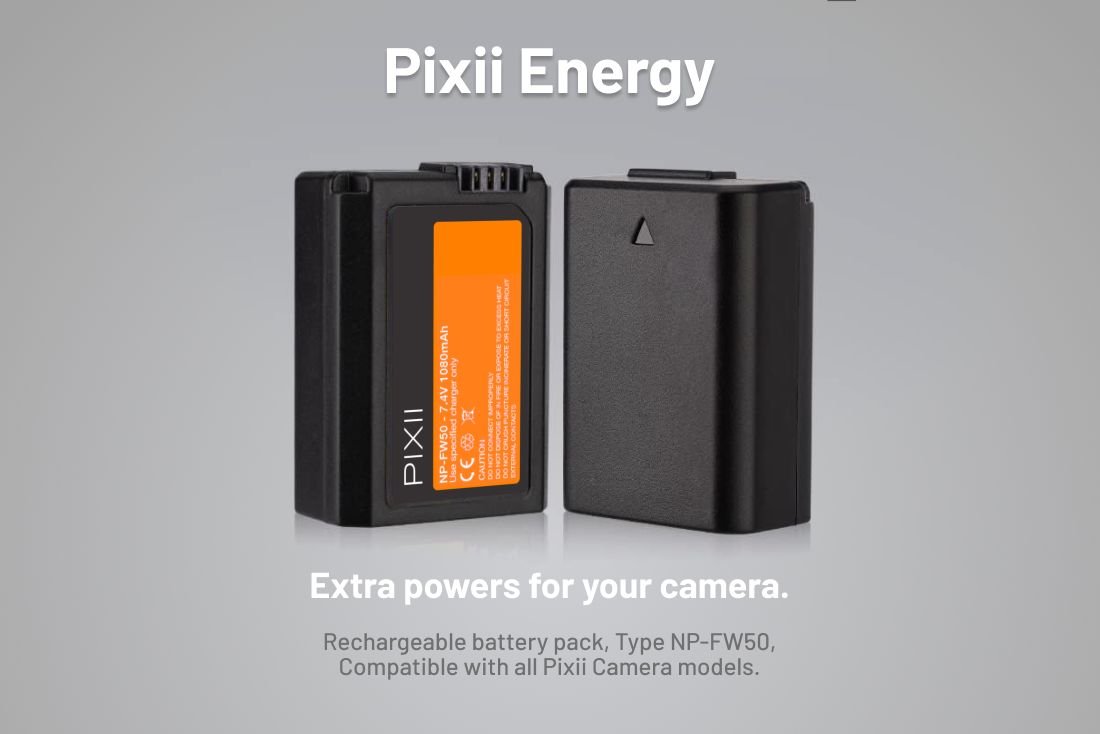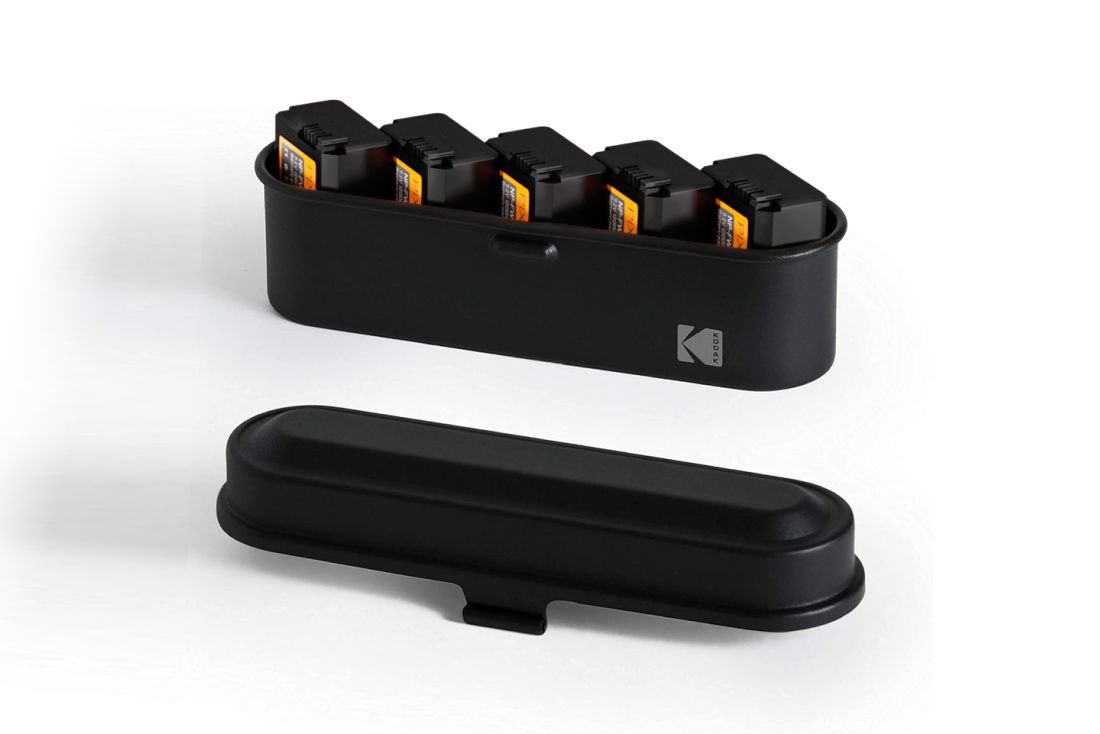About battery autonomy
From time to time we get a question about the autonomy of the camera. How many pictures for a charge? How many hours / day is the battery expected to last.
How much is enough?
This, of course, depends on your shooting style. Do you take time to fine tune the exposure, try multiple framing choices? Do you shoot in rapid successions? Or just a frame at a time? How frequently do you check photos on your phone? This all adds up to the energy consumption.
Then there is the temperature aspect. Li-Ion batteries just don’t like the cold. Nor the extreme heat either. There are securities built-in the battery pack and the camera to safely stay within security bounds. But the colder it is outside, the less power will be available.
So I try to answer with the observed average capacity, ie about 1h-1h30. You can probably safely take about 100 photos. Even more is possible, but not everyone has a “frugal” style.
Overall, the battery life on Pixii is considered limited. I think that is a fair assessment.
Rewind before use
Pixii, the camera, owes its name to Monsieur Pixii, Hippolyte, French inventor of the dynamo in the 19th century. As such, our first prototype had a very, very good autonomy: it was infinite!
We may one day generate enough power but, suffices to say, the unlimited autonomy feature was quickly shelved once the state of the technology made it clear that many minutes of manual charging would be required to take a single picture. Even without a screen.
Our second generation of prototypes was able to last for a day without recharging. Awesome! It was powered by a smartphone battery. Internal. Non-removable. A day of autonomy but the necessity to stop for recharging. Like a car. Anyone making superchargers for cameras?
And this was a tiny smartphone sensor. Once we started to drive real image sensors, the autonomy problem became a lot more palpable: a few hours. Like other cameras, right?
Where to start?
Stopping for recharging is impractical in the camera world. The battery needs to be removable. Making a removable battery is a project in itself, requiring a lot of attention to avoid the nasty consequences of a design error.
Adopting an existing battery design was the obvious choice for us. It was the fastest path to a full solution. And with it: easier sourcing, economies of scale and the added benefit of NOT locking everyone into a proprietary design.
A USB power pack could be an option, since we have an integrated USB charger. We welcome accessory makers that want to design a USB battery that fits as a base plate for the camera.
But keep in mind that - by design - a battery has limited autonomy. Whether small or extra-large, USB or not, eventually, every battery will run out of power. Even my trackpad ran out of power while writing this post!
Problem solved?
Almost. As we move forward, we add performance and features to the camera. Which turn into extra energy requirements eventually. Like I was outlining recently, the new 64-bit processor provides a significant energy gain. It is at least 2 times more efficient that the previous processor. But the new features and performance profile took advantage of that and quickly reduced the power savings.
There are other battery design available, typically with more capacity. But none of them will fit easily into the camera, requiring structural changes that would make the upgrade path quite challenging.
We are thus faced with a design choice: is it preferable to have more autonomy? Or is it preferable to have an upgrade path for the camera? How much more autonomy would make a difference such that it would outweigh the benefit of the upgrade path?
Again, since a battery is a limited by design, any additional autonomy will only partly solve the problem. There can only be a diminishing return on this front. Whereas the interruption of the upgrade path is a very significant upfront cost. Both for photographers and for us: more changes means more development costs.
With that in mind, the design choice becomes more simple.
The battery autonomy problem can just be solved by more batteries. Rechargeable batteries cost a lot less than a new camera body. Battery anxiety is a non-issue when you can easily change the battery and when this battery type is widely available.
Film got it right
The analogy between Pixii and a film camera is the eye opener.
We have no screen, like a film camera, for all the reasons highlighted in our Manifesto: focus, durability, convenience, etc. Like a film camera, Pixii shoots real color or black & white negatives. RAW is king. Like a film camera, Pixii has a true optical viewfinder. And like a film camera, Pixii will require multiple, small cartridges, when you plan to go out and take a lot of pictures.
Pixii creates a modern, film-like experience, for the photographer. You get the best of both worlds, you can enjoy real focus and creativity but don’t have to wait to see a contact sheet. Want to take more pictures? Take an extra battery or two. The good news: our batteries last more that 36 shots and you can recharge them almost for free. In other words, they are recyclable digital film rolls.
To complete the analogy, we are introducing a special accessory offer. The new 5-pack battery bundle comes with a real film canister to drive the point home. The case can be used for classic film rolls but also comes with a custom holder for our standard NP-FW50 battery.
A picture is worth a thousand words.
Of course, we will continue to work on power savings in the future. The batteries will just provide more shots per charge. A bit like film, again.




